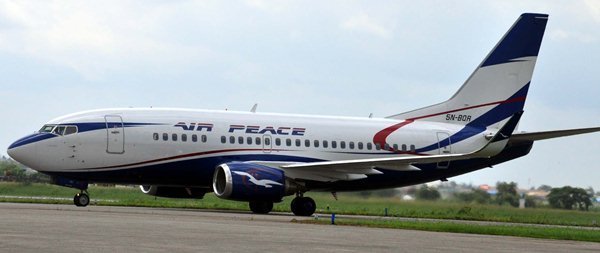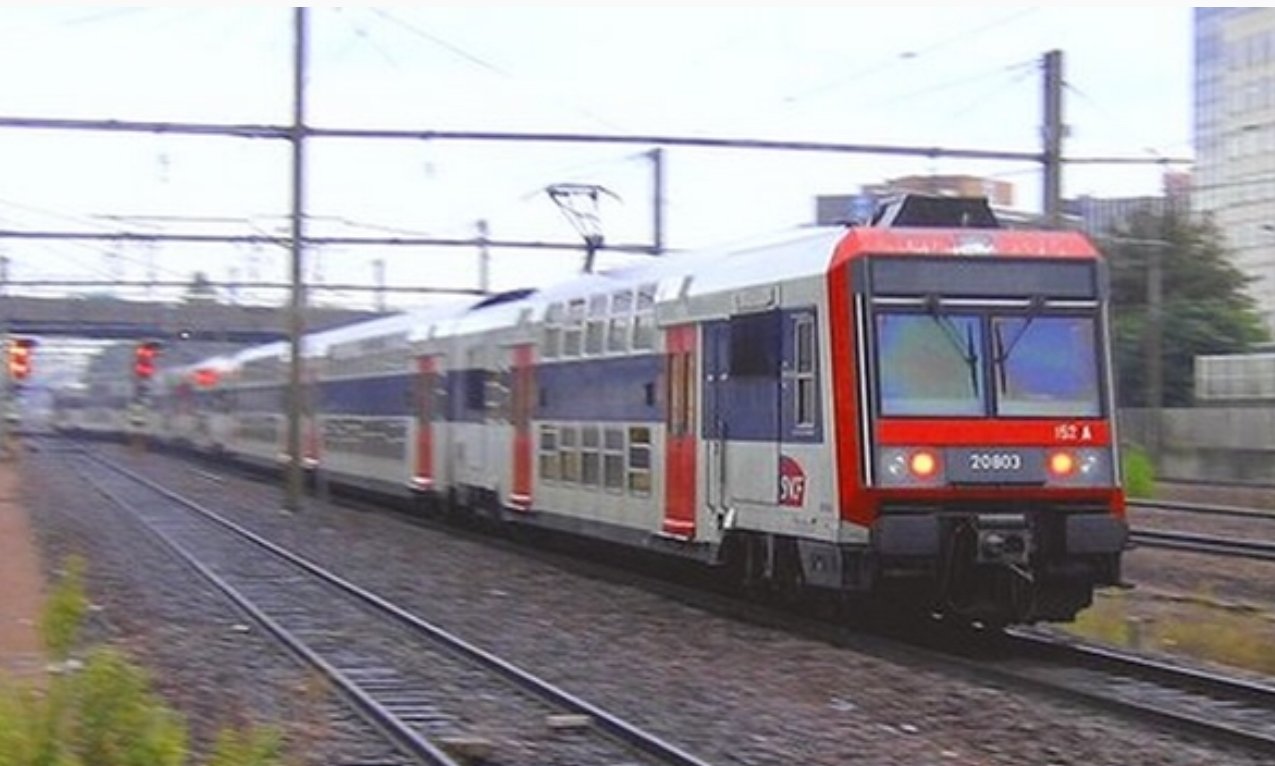Aviation experts have tried to explain to the flying public what might have happened when Air Peace plane on a flight from Lagos to Enugu suffered loss of cabin pressure, answering the many questions which includes
What can cause loss of cabin pressure? Could it be a result of technical problems with the pressurisation system or the pilot’s fault, These and many others were answered.
Some passengers aboard the flight could not effectively use their Oxygen mask that are normally deployed when there is such cabin loss of pressure. One of the passengers aboard the flight recorded a short video of one minute thirty-seven seconds duration that has been circulating on Facebook.
The video shows oxygen masks deployed, with passengers in commotion: screaming, crying, praying. The belief by some people was that the airplane almost crashed. Speaking about the incidence, former acting Director General, Nigeria Civil Aviation Authority, NCAA, and current Rector, International Aviation College, Illorin, Engineer Benedict Adeyileka said : “My take on this is that firstly, the oxygen masks dropped automatically, this shows that the drop out system is working, now each passenger has to pull the individual mask to activate the oxygen Generator. Air Peace “What we saw on the video was that some passengers over pulled the masks with excessive force which disconnects the mask from the tubes and some did not pull the masks to activate the oxygen Generators because the flow valves are still on the clamp.
Now these two actions and or non actions cannot be the fault of the Airline or the Oxygen drop out system. We all should learn from this incident”. “ Going to the root cause I think I have an idea what caused this avoidable incident but I will reserve my comments and allow the relevant authorities to do their jobs, but I think all Airlines in Nigeria should review the emergency oxygen drop out briefing procedures to highlight the issues I raised above.
Passengers including crew do panic in emergency situations”.
Reacting also to the incidence, an aviation expert and commentator, Rev Fr Omokugbo Ojeifo said: “I think that in matters like this ignorance tends to carry the day as people who have never smelled an airplane cabin in their life are so eager to make exaggerated claims”.
While explaining what happen during loss of cabin pressure, Ojeifo said : “For those who fly regularly, one of the safety announcements you always hear on board has to do with the deployment of oxygen masks.
This is such a vital announcement because it is about the safety of lives. You would often hear in the pre-flight safety briefing, “Should there be sudden loss of cabin pressure, oxygen masks will drop down from the panel above your head.
Place the mask over your mouth and nose…” The announcement goes on and on and tells passengers how to fit their own masks before attempting to help others.
This pre-flight info may send shivers down the spine of fliers.
But it is a safety procedure”. He further explained that “Oxygen masks are deployed when a plane suddenly loses cabin pressure.
Because planes fly at very high altitudes the air that passengers breathe inside the cabin is always regulated. Aircraft cabins are pressurised using cooled and filtered air bled from the engines.
This helps to keep the air pressure inside the cabin at the air equivalent of about 8,000ft, even though planes fly sometimes as high as 40,000ft.
This is done to make the cabin atmosphere comfortable and more pleasant”. “ The dry air in the cabin helps to facilitate easy breathing.
But this changes when there is a loss of cabin pressure. This loss can happen slowly or dramatically.
What can cause loss of cabin pressure? Several reasons. It could be a result of technical problems with the pressurisation system. It could be the pilot’s fault, for instance when the pilot leaves the pressurisation system on manual gear.
It could also be as a result of cracks in windows or the fuselage, or incorrectly sealed door. It could be change in atmospheric conditions”. “These are all potential triggers.
When one or more of these happen, cabin pressure changes. Whatever the case, the pilot is expected to make an emergency descent to a safe altitude of between 8-10,000ft.
This can be a very bumpy experience because the descent is faster. So imagine that a plane loses/changes cabin pressure at an altitude of 40,000ft, the pilot will probably have between 5-10 minutes to descend to about 10,000ft.
When this happens, you might think that the plane is crashing. But this is a safety measure. The pilot is actually doing what he should do”. “Now you might ask, why does the pilot need to descend so fast? Because when there is a loss of cabin pressure, there is supplemental oxygen for each passenger, which may last between 10-15 minutes, after which passengers begin to experience hypoxia, that is oxygen starvation.
This may lead to unconsciousness. Passengers may not even realise that they are oxygen-starved until they can no longer breath.
That is why the pilot has to make the descent to a lower altitude faster where there less pressure is needed so that passengers can begin to breathe normally”. “
When the loss of cabin pressure is dramatic, passengers might hear a loud bang, like a clap of thunder, because air inside and outside the cabin meet.
Objects might even start flying around. These are the possible situations under which oxygen masks are deployed.
To be sure, it can happen with any plane anywhere in the world. It is not a Nigerian thing”. “That is why the pre-flight briefing about loss of air pressure is done whether you are flying from New York or Tehran or Beijing or Paris or Nairobi or Jakarta or Rome or Sao Paulo or Sydney or Addis Ababa.
It is the same instruction everywhere.
Has loss of cabin pressure ever led to air disaster? Yes, on a few occasions but the general consensus of aviation experts is that it is very uncommon.
However, that is why cabin crew include oxygen masks in their pre-flight safety briefing”. “Sometimes, loss of cabin pressure can lead to fatal disasters, but as I have said experts admit that this is very rare.
I thought that passengers would have paid more attention to the pilot and listen to his instructions instead of the commotion and video recordings (which is really not advisable).
Many of them refused to wear the oxygen masks, which is actually for their own safety. But the major issue is with the bandwagon of social media commentators that have skewed the entire incident to give semblance of a tragedy averted”. “ I know that the aviation industry in Nigeria has a long way to go to meet all globally accepted standards. But certification of airlines and airports is something that is done by ICAO and so there is no country that can bribe its way through if it does not meet the minimum standards. To that extent, we can be sure that basic safety measures are adhered to even here in Nigeria.
I know that many of our airplanes are old and many of our airports are unable to receive flights when night falls because of their poor runway lighting. Even our four international airports cannot compete with local airports in many countries”. “That is why we must keep putting pressure on government and aviation industry operators to do the needful.
I am sure that there is no airline operator that will wish a tragedy to happen because not many airlines survive after an air mishap. Huge costs incurred from paying compensations can lead to liquidation”.





